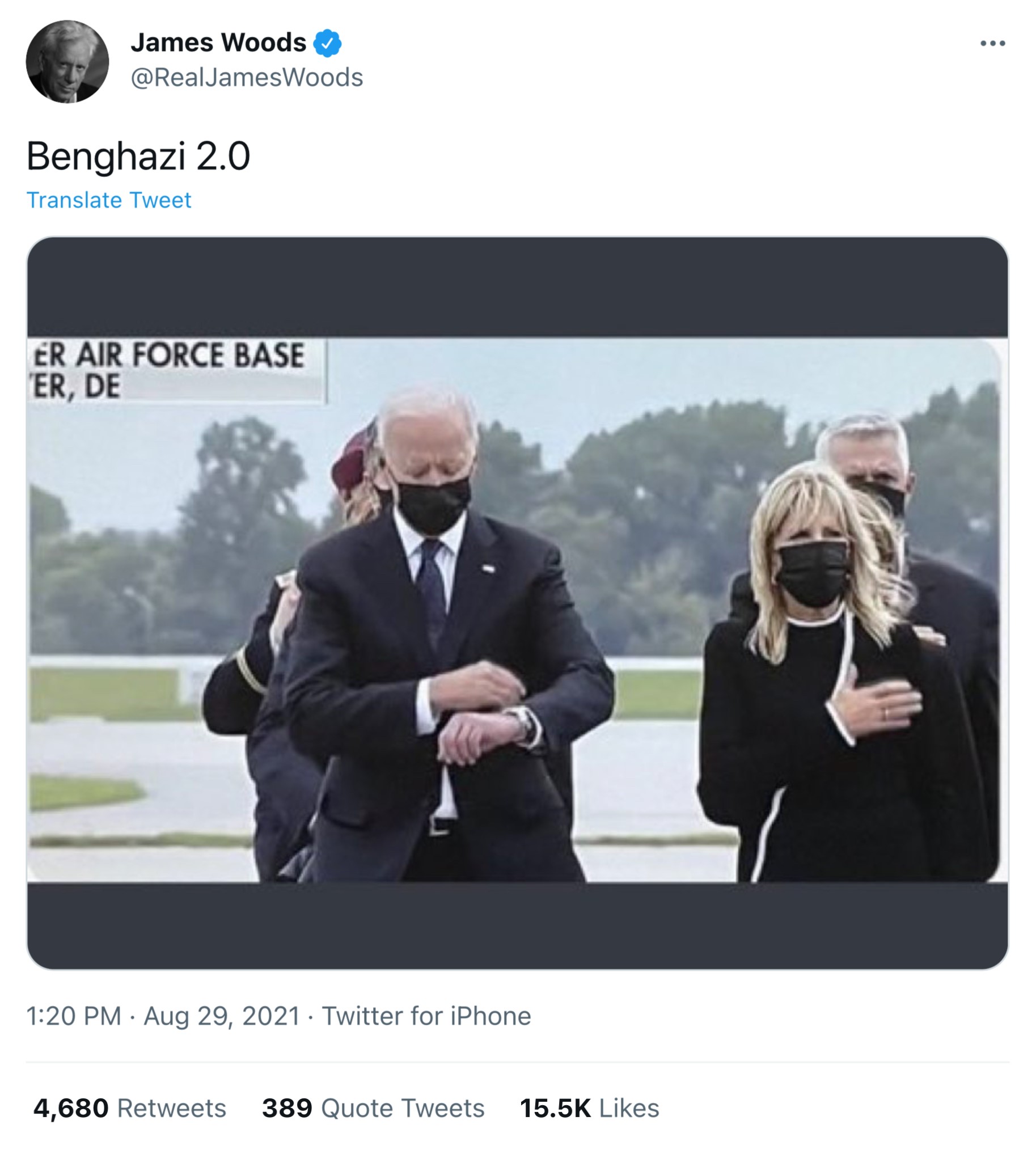JONATHAN TURLEY: Shooter of Ashli Babbit Makes Shocking Admission:
“That’s my job.” Those three words summed up a controversial interview this week with the long-unnamed officer who shot and killed Ashli Babbitt on Jan. 6. Shortly after being cleared by the Capitol Police in the shooting, Lt. Michael Byrd went public in an NBC interview, insisting that he “saved countless lives” by shooting the unarmed protester.
I have long expressed doubt over the Babbitt shooting, which directly contradicted standards on the use of lethal force by law enforcement. But what was breathtaking about Byrd’s interview was that he confirmed the worst suspicions about the shooting and raised serious questions over the incident reviews by the Department of Justice (DOJ) and, most recently, the Capitol Police.
Babbitt, 35, was an Air Force veteran and ardent supporter of former President Trump. She came to Washington to protest the certification of the presidential Electoral College results and stormed into the Capitol when security lines collapsed. She had no criminal record but clearly engaged in criminal conduct that day by entering Capitol and disobeying police commands. The question, however, has been why this unarmed trespasser deserved to die. . . .
At the time, some of us familiar with the rules governing police use of force raised concerns over the shooting. Those concerns were heightened by the DOJ’s bizarre review and report, which stated the governing standards but then seemed to brush them aside to clear Byrd.
The DOJ report did not read like any post-shooting review I have read as a criminal defense attorney or law professor. The DOJ statement notably does not say that the shooting was clearly justified. Instead, it stressed that “prosecutors would have to prove not only that the officer used force that was constitutionally unreasonable, but that the officer did so ‘willfully.’” It seemed simply to shrug and say that the DOJ did not believe it could prove “a bad purpose to disregard the law” and that “evidence that an officer acted out of fear, mistake, panic, misperception, negligence, or even poor judgment cannot establish the high level of intent.”
While the Supreme Court, in cases such as Graham v. Connor, has said that courts must consider “the facts and circumstances of each particular case,” it has emphasized that lethal force must be used only against someone who is “an immediate threat to the safety of the officers or others, and … is actively resisting arrest or attempting to evade arrest by flight.” Particularly with armed assailants, the standard governing “imminent harm” recognizes that these decisions must often be made in the most chaotic and brief encounters.
Under these standards, police officers should not shoot unarmed suspects or rioters without a clear threat to themselves or fellow officers. That even applies to armed suspects who fail to obey orders. Indeed, Huntsville police officer William “Ben” Darby recently was convicted for killing a suicidal man holding a gun to his own head. Despite being cleared by a police review board, Darby was prosecuted, found guilty and sentenced to 25 years in prison, even though Darby said he feared for the safety of himself and fellow officers. Yet law professors and experts who have praised such prosecutions in the past have been conspicuously silent over the shooting of an unarmed woman who had officers in front of and behind her on Jan. 6.
In the eyes of the establishment — including those silent “law professors and experts” — she deserved to die because she was a Trump supporter. It’s all about that.
Plus, the usual apparatchik entitlement: “Politico reported that Byrd previously was subjected to a disciplinary review when he left his Glock 22 service weapon in a bathroom in the Capitol Visitor Center complex. He reportedly told other officers that his rank as a lieutenant and his role as commander of the House chambers section would protect him and that he expected to ‘be treated differently.'”
Well, he wasn’t wrong. But he should pay.

